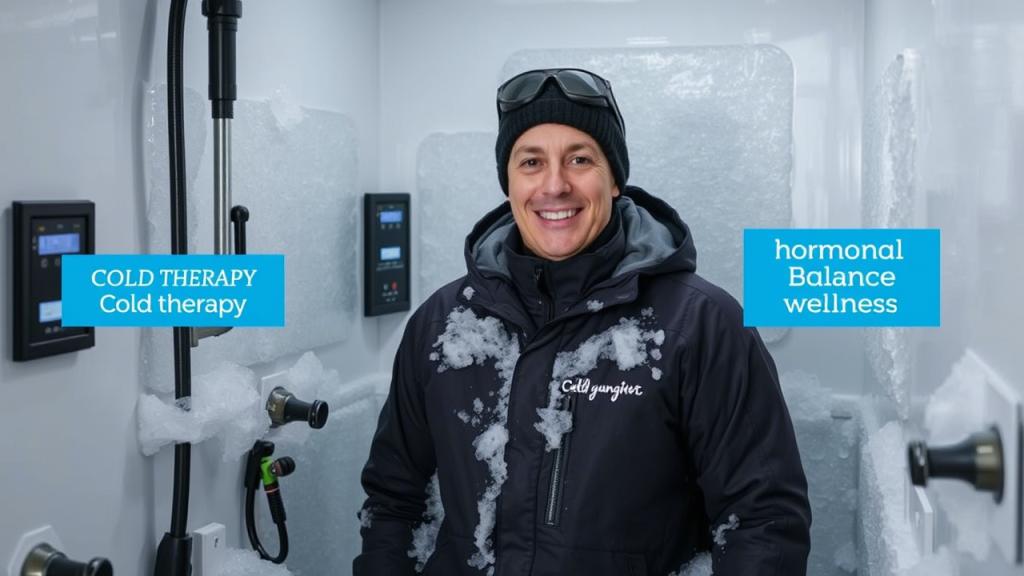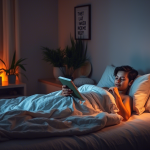From icy lake plunges to cold showers trending on TikTok, cold therapy has exploded in popularity. But beyond the hype, science backs its benefits especially when it comes to balancing hormones.
Whether you’re struggling with low energy, poor recovery, brain fog, or mood swings, intentional cold exposure might help restore hormonal harmony in a natural, drug-free way.
Let’s explore how it works and how you can do it safely.
What Is Cold Therapy?
Cold therapy, also known as cold exposure or cold thermogenesis, involves exposing your body to cold temperatures for short periods of time.
Common methods include:
- Cold showers
- Ice baths
- Cryotherapy
- Cold plunges in nature
- Cold packs on targeted areas
The goal? To stimulate the body’s stress adaptation mechanisms in a good way.
The Science Behind Cold Exposure
When exposed to cold, your body activates a “fight or flight” response, releasing powerful chemicals and hormones, including:
- Adrenaline
- Norepinephrine
- Endorphins
- Dopamine
This temporary stress spike helps build resilience and positively impacts the endocrine (hormonal) system.
How Cold Therapy Affects Hormonal Balance
Let’s break it down hormone by hormone:
1. Dopamine The Motivation Molecule
Cold exposure increases dopamine levels by up to 250%, according to research from Scandinavian studies.
✅ Result:
- Boosted mood
- Sharper focus
- Reduced symptoms of depression and low motivation
This explains the euphoric “high” many feel after an ice bath or cold shower.
2. Cortisol The Stress Hormone
Chronic stress = chronically high cortisol = hormone chaos.
Cold therapy provides a controlled stressor that helps your body build resilience and lower baseline cortisol over time.
✅ Result:
- Less anxiety
- Better hormonal rhythm
- Improved stress tolerance
3. Testosterone The Vitality Hormone
While research is still growing, several animal and human studies suggest cold exposure may naturally increase testosterone by:
- Stimulating luteinizing hormone (LH)
- Reducing inflammation (which can suppress testosterone)
- Improving mitochondrial function
✅ Best for: Men seeking more energy, libido, and recovery support without synthetic boosts.
4. Melatonin The Sleep Hormone
Lowering body temperature in the evening helps trigger melatonin production making cold therapy a useful tool for biohacking better sleep.
✅ Cold tip: Try a cold shower or face splash 60–90 minutes before bed for deeper sleep.
5. Insulin & Metabolic Hormones
Cold exposure activates brown fat (a heat-generating fat), which helps burn calories and improve insulin sensitivity.
✅ Result:
- Better blood sugar control
- Lower inflammation
- Reduced risk of metabolic dysfunction
How to Start Cold Therapy (Beginner-Friendly)
You don’t need to jump into a frozen lake to start reaping the benefits. Here’s how:
Option 1: Cold Showers
- Start with 30 seconds at the end of a warm shower
- Gradually work up to 2–3 minutes of full cold
- Breathe deeply this trains your nervous system
Option 2: Ice Bath or Cold Plunge
- Water temp: 10–15°C (50–59°F)
- Time: 2–5 minutes for beginners
- Frequency: 2–4x/week for best benefits
Option 3: Face Dunk or Ice Packs
- Dunk your face in ice water for 30 seconds
- Or apply a cold pack to the back of the neck or forehead
- Great for nervous system reset or pre-sleep calming
Safety Tips
- Listen to your body. Discomfort is okay, pain or numbness is not.
- Avoid hyperventilating before/during exposure.
- Don’t do cold plunges alone if you’re a beginner.
- Skip it if you’re sick, pregnant, or have heart conditions unless cleared by a doc.
Final Thoughts
Cold therapy isn’t just a trend it’s a powerful, primal practice that taps into your body’s natural systems for balance, resilience, and healing.
From boosting testosterone and dopamine to helping lower cortisol and improve sleep, cold exposure can play a key role in hormonal harmony without a prescription.
So next time you’re feeling off, foggy, or just low-energy, try flipping that shower handle to cold. Your hormones might thank you for the chill.



